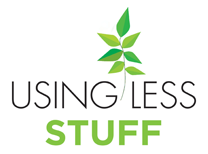Food Waste

There are several sources of food waste in schools:
- Uneaten food from children’s and teacher’s lunches
- Unsold food from school cafeterias and tuck shops
- Unused food from food technology classes
- Uneaten fruit donated to the school
- Unsold or uneaten food from school fundraisers or events
Ways to reduce waste
- Do a waste audit – set up a scale with a bucket and ask the kids and staff to empty wasted food into it
- Keep a tally of the meals producing the highest waste and either change or remove from the menu options
- Serve smaller portions of food on smaller dishes
- Give kids enough time to eat
- Change the menu
- Recycle or Reuse – work with local homeless shelters or like pass on food instead of binning it.
- Have a plan in place for how to deal with predictable food waste e.g. if planning a school fair, sausage sizzle or shared lunch make sure there are spare containers available for people to take food home or have a plan in place to discount unsold items.
- Have a “pack in and pack out” school lunch box policy where children take home their uneaten lunches. as well as reducing the amount of food waste the school needs to dispose of, it also allows parents to see how much and what their children are eating and may encourage parents to change how much lunch they provide.
- Some schools have found that allowing students to play first and then coming inside to eat lunch reduces how much food is wasted and improves student’s concentration and performance in the afternoon. Learn more
- Teachers actively reminding students to eat all their lunch has also been effective in reducing how much students waste.
- Some schools have created sharing tables where students can leave their uneaten lunches.
